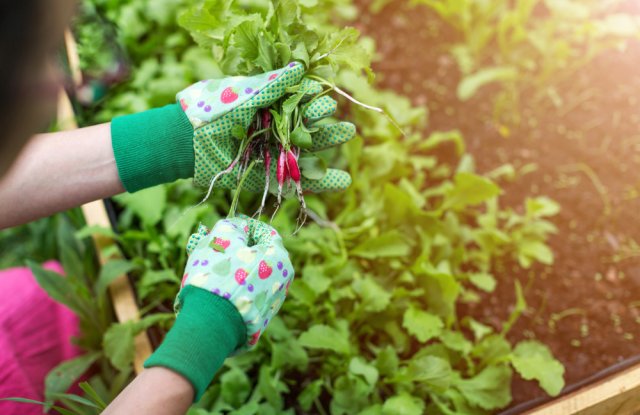In this article we will tell you which beet diseases during storage are considered the most dangerous.
Beetroot is a healthy and beloved root vegetable. It was brought to our region back in the days of Kievan Rus, and it not only took root well, but also began to be considered a traditional Russian vegetable. In order to cook borscht, vinaigrettes and other delicious dishes all winter long, you need to know how to protect beets from diseases that occur during storage.
A large harvest is stored in a cellar or basement; a small amount of beets can be stored on a glazed balcony in polypropylene bags or in a refrigerator (root vegetables should be wrapped in cling film).
Here are the most common beet diseases you need to know about.
Kagatnaya rot
The causative agents of the rot can be fungi and bacteria that affect beets in the field. In the cellar, the disease progresses, destroying root crops one by one.
They develop mold of different colors (red, white, etc.), as well as wet or dry rot, depending on the pathogen. Rotting root crops cannot be eaten or used as animal feed.
How to combat lag rot?
|
Gray mold
A common fungal disease that does not spare beets. It occurs during storage if the cellar or basement is too warm and humid.
First, a mealy gray coating appears on the root crops, then they begin to rot. Such beets cannot be eaten.
How to fight gray mold?
|
White rot
White rot is also a very common fungal disease.
The affected root tissue softens and becomes wet. A white “cotton-like” mycelium appears on the beet, on which black sclerotia then form. The vegetable rots and dies.
Rapid development of the disease occurs when storage conditions are violated: at high temperatures and air humidity.
How to fight white rot?
|
Fomoz
Phoma (heart rot, zonal spot, dry rot) is very fond of cabbage, carrots, potatoes and especially beets. It affects the upper part of the plant during the period of growth and formation, then spreads to the root crop.
With phomosis, light-brown spots with black inclusions, or pycnidia, appear on the stems and leaves. When the root crop “moves” from the garden to the cellar, the development of the disease continues: black tissue forms inside the beet. Voids lined with a white “fluffy” coating may also appear.
How to combat phomosis?
|
Before storing the root crops in the cellar, cut off the tops, leaving a small stalk. Be sure to air the beets for 7 days under a canopy or indoors. After storing, you can sprinkle them with peat or sawdust.
Now you know how to combat the most common beetroot diseases and create optimal storage conditions. This means that tasty and healthy beetroot will be on your family’s menu all winter long.












